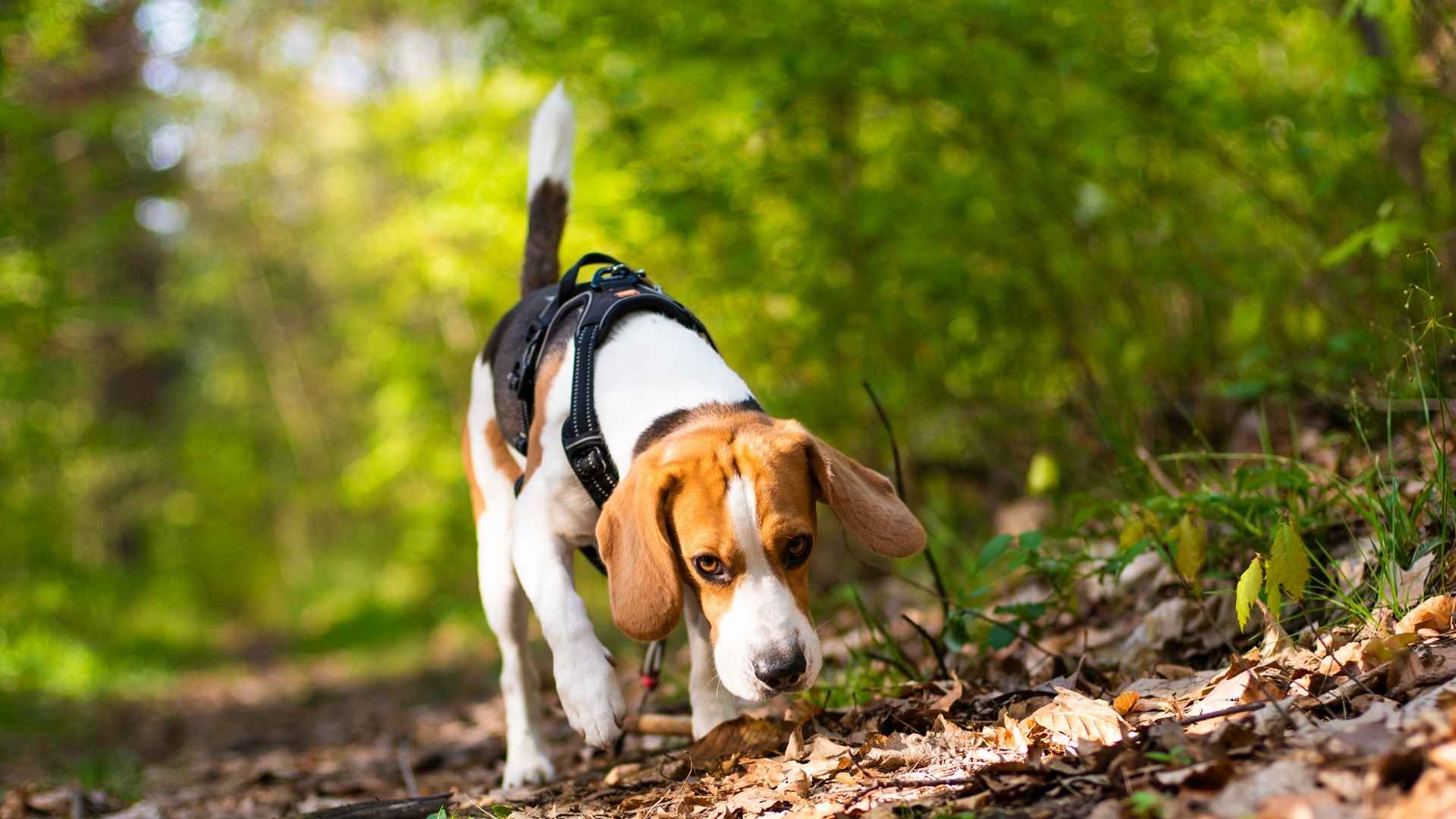Dogs have an incredible ability to detect scents that humans would never notice. From tracking missing persons to identifying illegal substances, their noses are far more powerful than any technology. If you’ve ever wondered how some dogs can sniff out danger or locate lost items, it all comes down to their exceptional olfactory abilities.
Many people don’t realize how much scent detection impacts daily life. Dogs with top-tier noses play an essential role at airports, in search-and-rescue missions, and even in medical diagnoses. Some breeds are naturally gifted in this field, capable of following even the faintest scent trails for miles. Their accuracy and reliability make them invaluable in high-stakes situations.
But which breeds excel the most at nose work? If you’re curious about the best scent-tracking dogs, keep reading to discover the top breeds with extraordinary sniffing power.
Did you know?
A dog’s sense of smell is up to 100,000 times stronger than a human’s, allowing them to detect scents even days after they disappear.
Excellent Nose Work Dog Breeds
1. German Shepherd
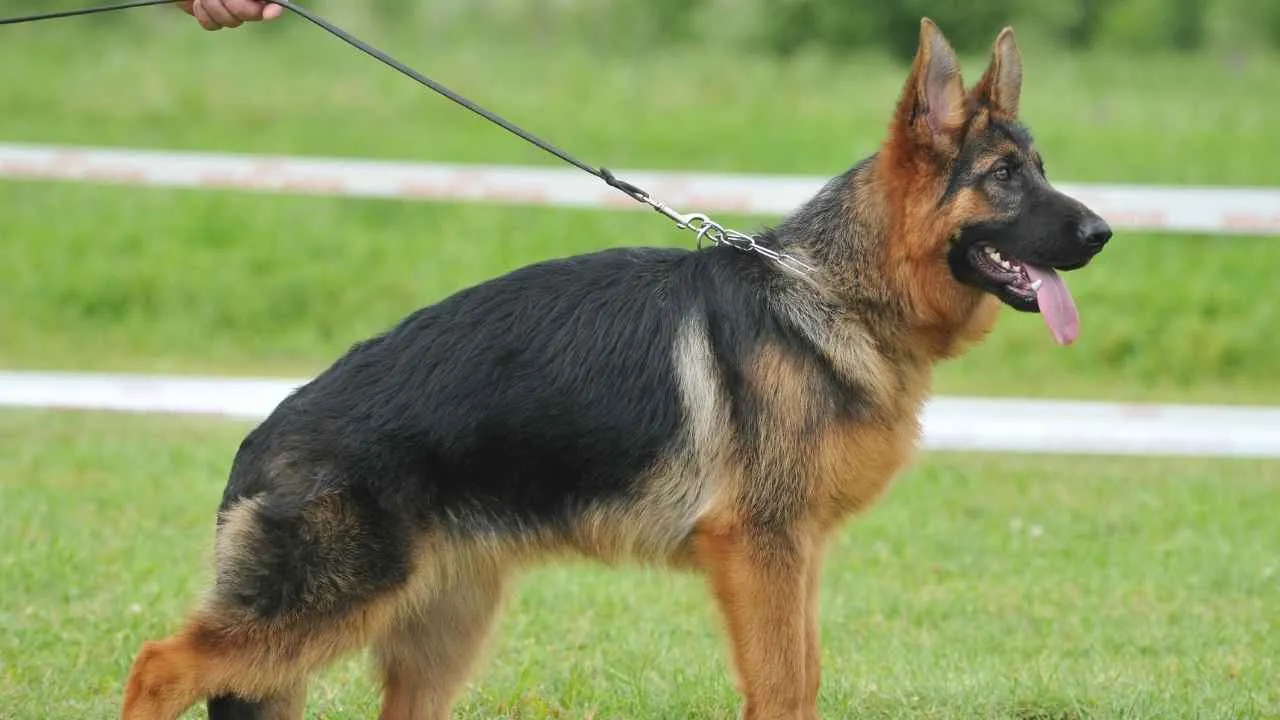
German Shepherds have an extraordinary sense of smell, making them top-tier scent detection dogs. Their intelligence, trainability, and unmatched work ethic allow them to excel in police work, search and rescue, and tracking. Their keen noses detect everything from explosives to missing persons.
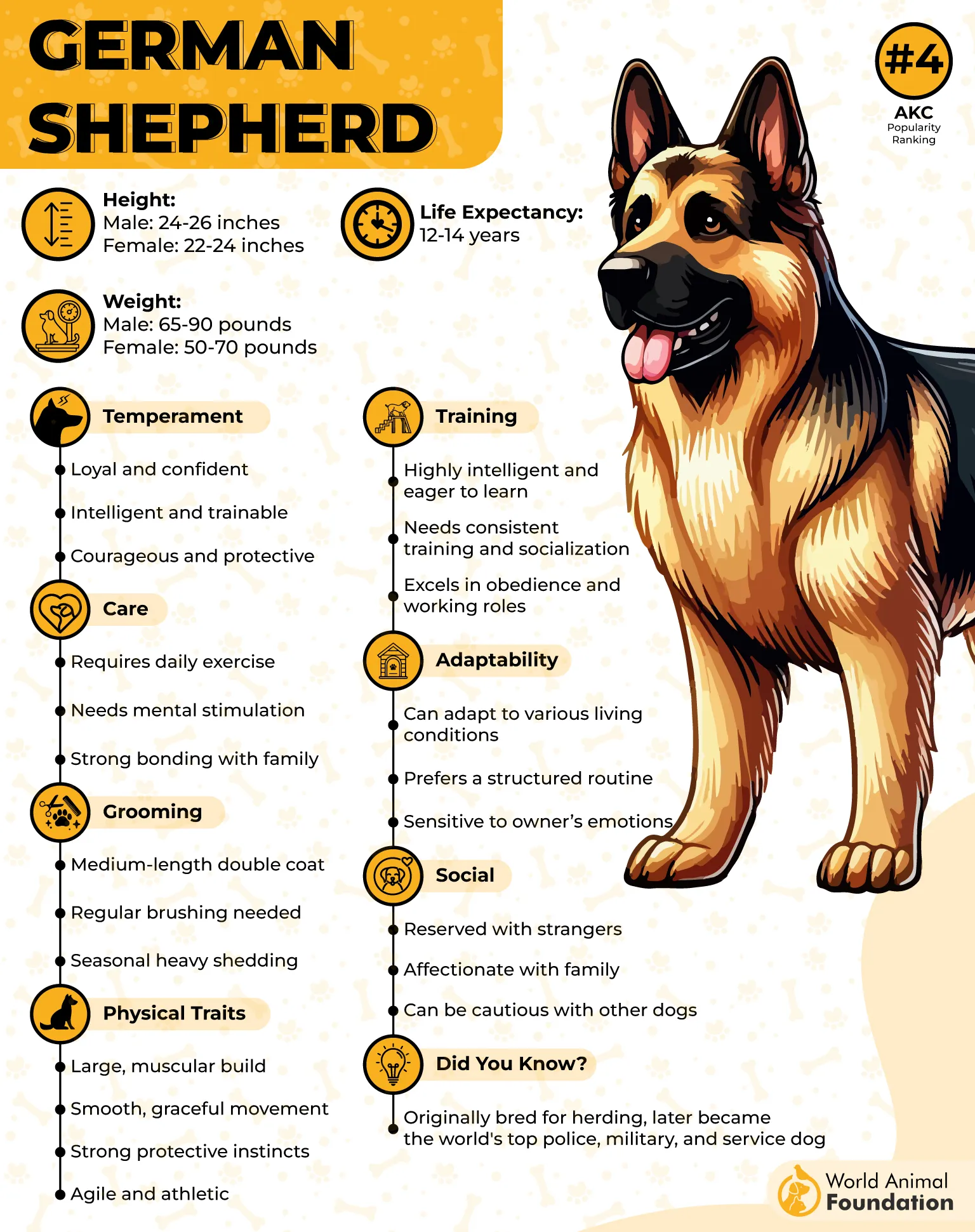
These dogs possess a structured and muscular physique that supports their stamina. Their strong legs and endurance allow them to track scents over long distances. A German Shepherd’s ability to stay focused for extended periods makes them reliable for scent-related tasks in demanding environments.
Socialization plays a key role in shaping their nose work abilities. Exposure to various environments early on enhances adaptability, helping them stay composed under pressure. Their confident nature ensures they can work independently without distraction, even in chaotic settings.
Nutrition impacts their ability to perform nose work efficiently. A protein-rich diet fuels their muscles, while omega fatty acids support cognitive function. Proper hydration and balanced meals keep them sharp, ensuring their nose remain at peak performance throughout intense training sessions.
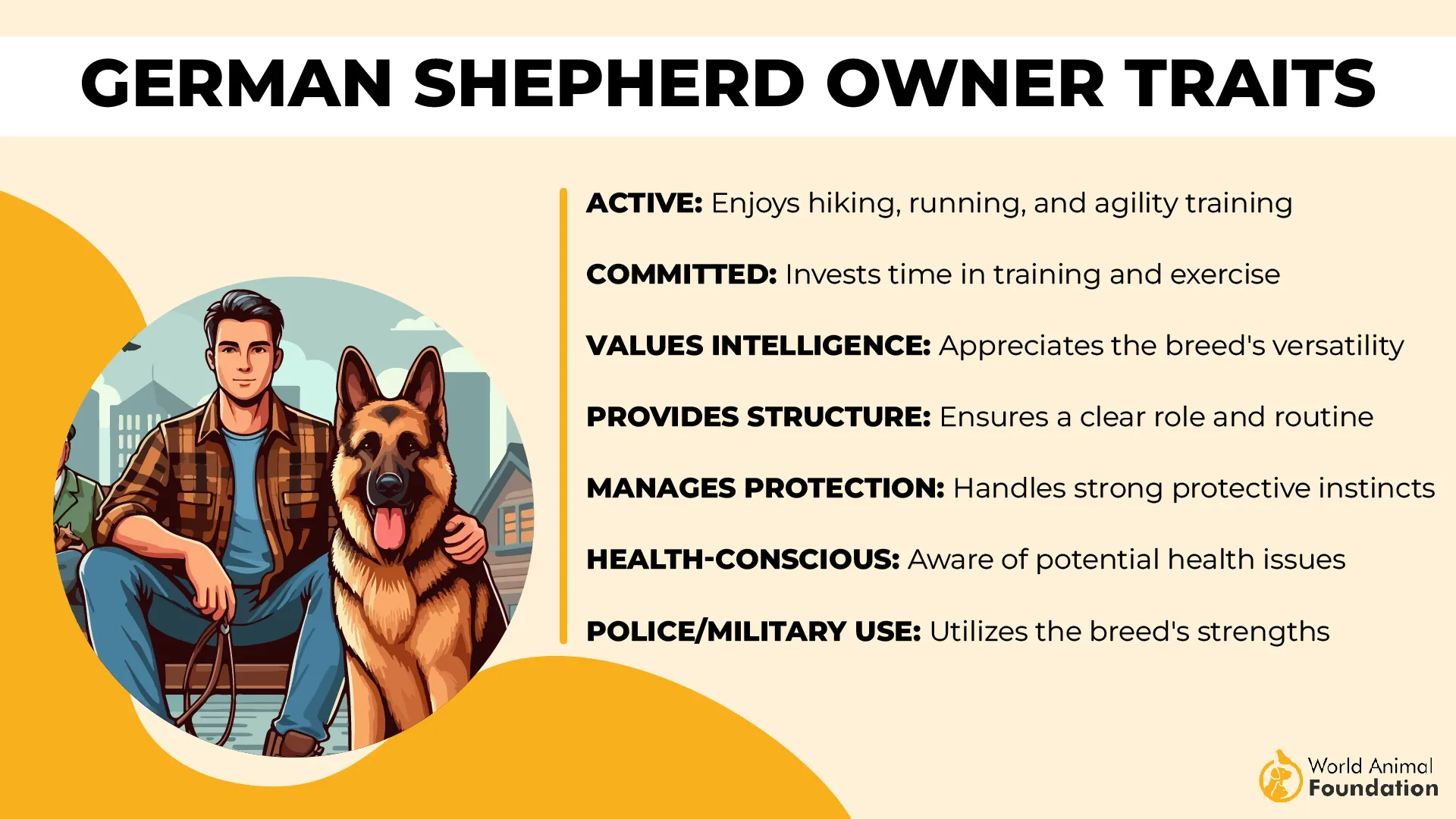
Regular mental stimulation strengthens their problem-solving abilities. Advanced scent detection games, complex tracking exercises, and controlled exposure to diverse smells refine their skills. Keeping their mind engaged prevents boredom, ensuring their scent work remains sharp and efficient.
Fun Fact
A German Shepherd’s nose has up to 225 million scent receptors, allowing them to detect smells in concentrations as low as one part per trillion, making them indispensable for forensic investigations.
2. German Shorthaired Pointer
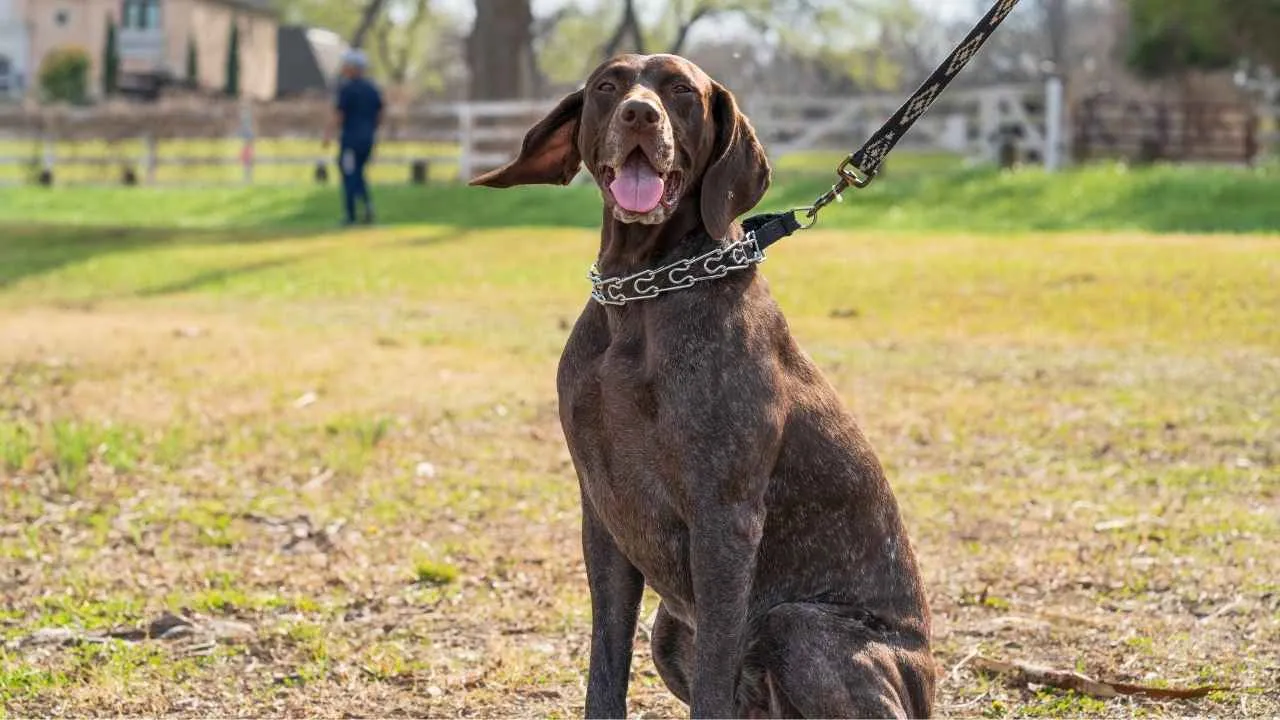
The German Shorthaired Pointer is a powerhouse of scent-tracking abilities. With boundless energy and an innate hunting drive, they excel at finding hidden objects, detecting game, and trailing scents. Their keen nose and tireless stamina make them formidable working dogs.
Built for speed and agility, their sleek, muscular bodies support their tracking prowess. Whether traversing forests or marshlands, they move effortlessly, covering vast distances while staying locked onto a scent. Their long ears help funnel scents toward their powerful nose.
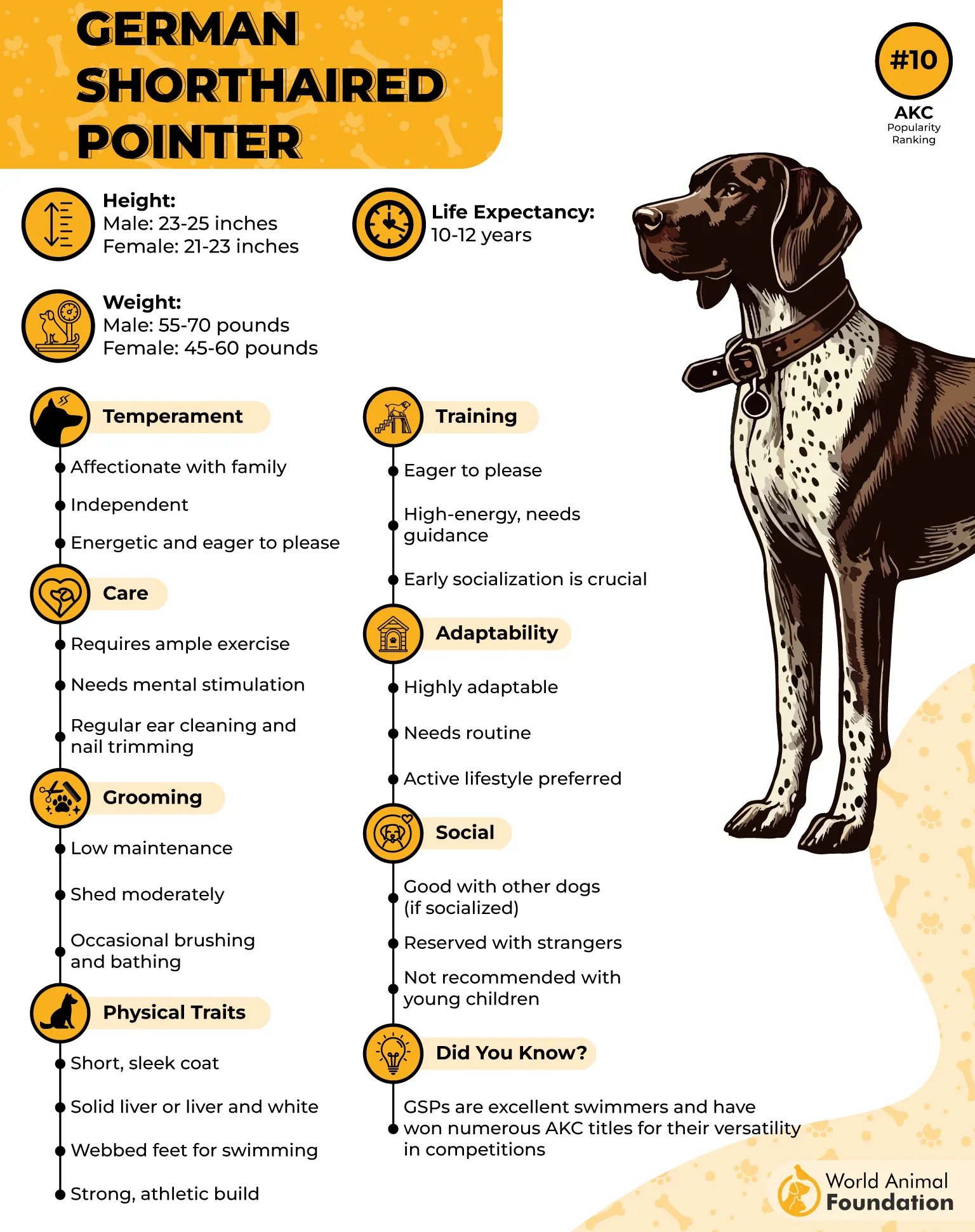
Training a German Shorthaired Pointer requires patience and consistency. They respond best to reward-based training, which reinforces positive behavior. Their eagerness to please ensures quick learning, but structured exercises are necessary to maintain discipline and focus on scent-related tasks.
Grooming needs are minimal, but proper coat care is essential for optimal performance. Regular brushing removes debris from their short, water-resistant coat, ensuring they stay comfortable. Clean ears and trimmed nails prevent infections, allowing them to work effectively in rugged environments.
Their adaptability makes them suitable for diverse scent detection roles. From wildlife conservation to narcotics detection, they excel in both professional and recreational nose work. Their enthusiasm for tracking never fades, making them a constant source of excitement in the field.
Fun Fact
German Shorthaired Pointers can track scents up to several days old, relying on their extraordinary olfactory memory to follow trails that may seem undetectable to the human eye.
3. Belgian Malinois
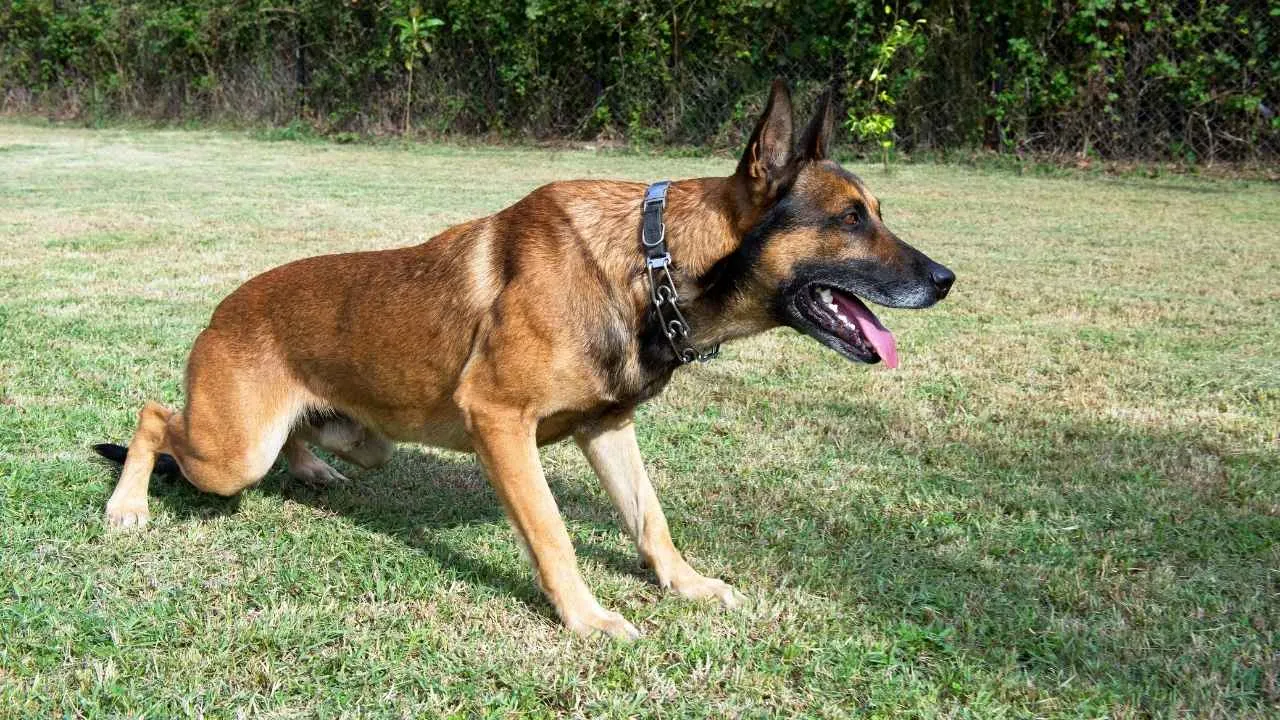
The Belgian Malinois stands out as a precision-driven scent detection expert. Known for their unwavering focus and determination, they excel in narcotics detection, search and rescue, and even explosive identification. Their scent-tracking capabilities rank among the best in the canine world.
With a lean, athletic build, they can move swiftly while staying locked onto a scent trail. Their high energy levels give them an advantage in long-duration nose work. Their agility allows them to navigate complex terrains effortlessly, making them invaluable for demanding tasks.
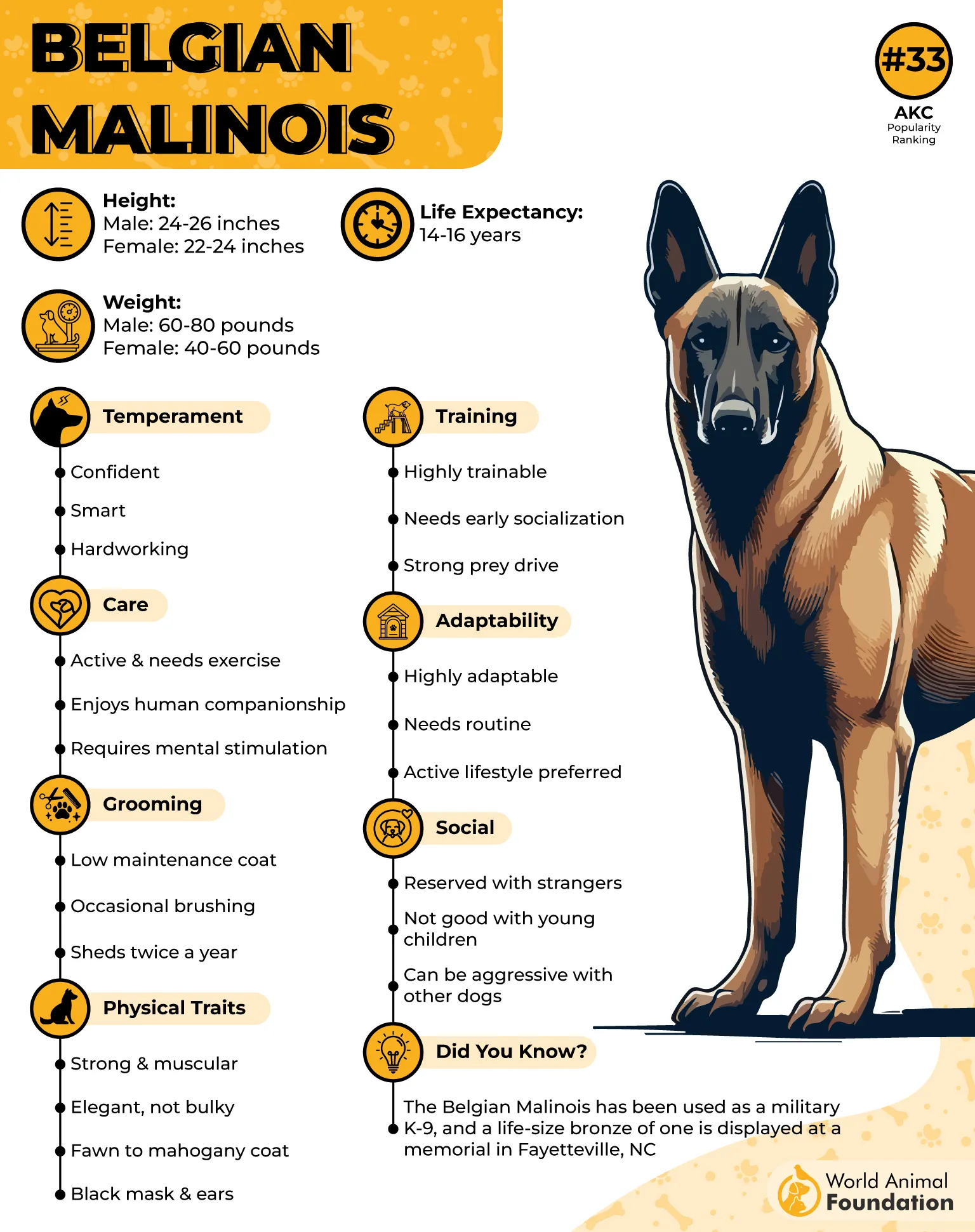
Their intense work ethic demands structured training. A Belgian Malinois thrives on challenging drills, requiring both mental and physical engagement. Handlers often incorporate scent puzzles and obstacle-based scent work to sharpen their skills and enhance their problem-solving abilities.
A well-balanced diet supports their stamina and olfactory function. Foods rich in proteins, essential vitamins, and fatty acids contribute to their overall health. Hydration is also crucial, ensuring their endurance remains intact during prolonged scent-tracking operations.
According to PetMD, while highly trainable, their drive requires a dedicated routine. Without adequate stimulation, they may become restless. Advanced scent games and structured daily activities keep their focus sharp, ensuring they remain at the top of their scent detection abilities.
Fun Fact
Belgian Malinois are so skilled at scent detection that some have been trained to detect cancer cells in patients with an accuracy rate surpassing traditional diagnostic methods.
4. Labrador Retriever
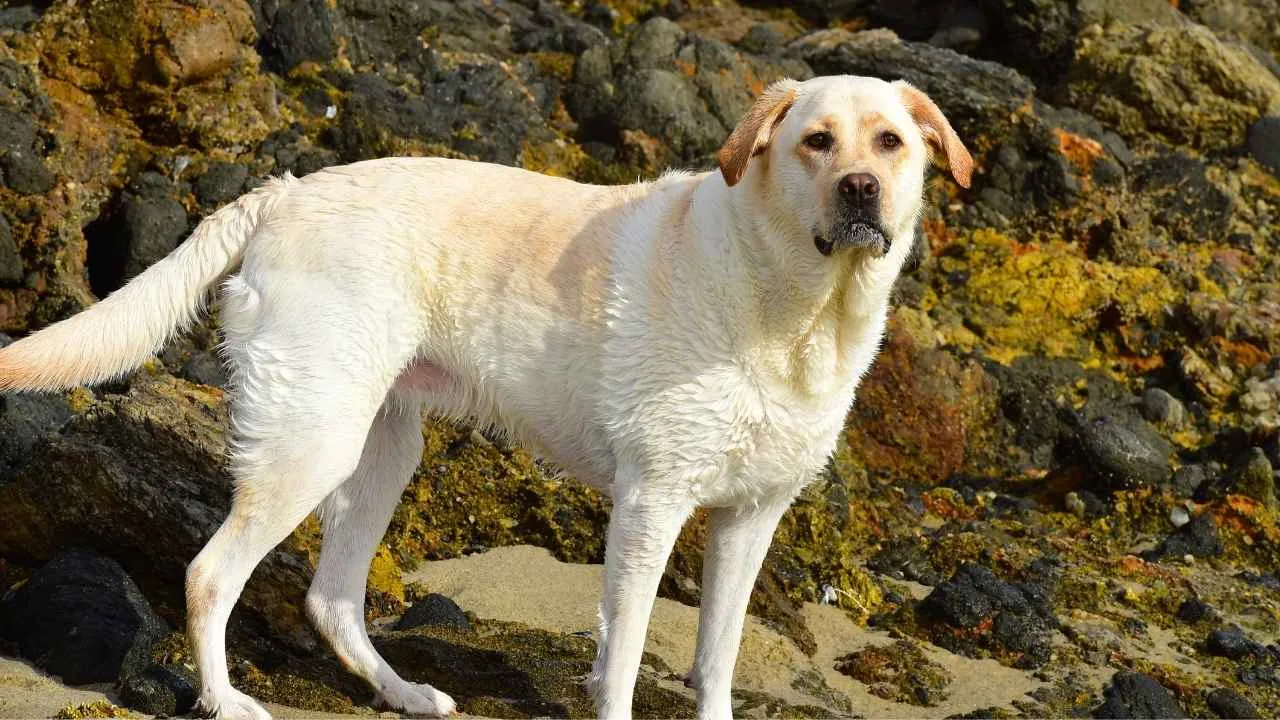
Labrador Retrievers are widely recognized for their exceptional scent detection skills. Law enforcement agencies and search-and-rescue teams use their sharp noses to detect contraband, missing persons, and medical conditions. Their intelligence and eagerness to work make training highly effective.
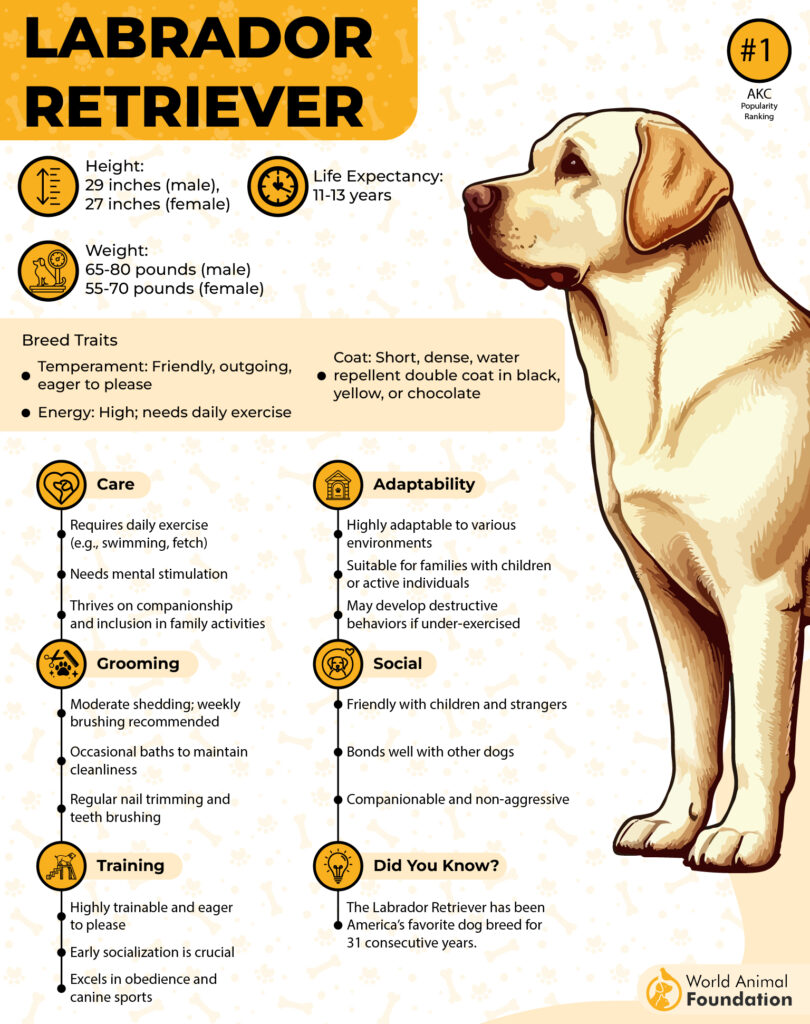
Labradors require a high-protein diet to support their energy levels. Their food intake should be carefully managed to prevent obesity, which can lead to joint issues. Regular exercise, such as swimming and fetch games, helps maintain their health and stamina.
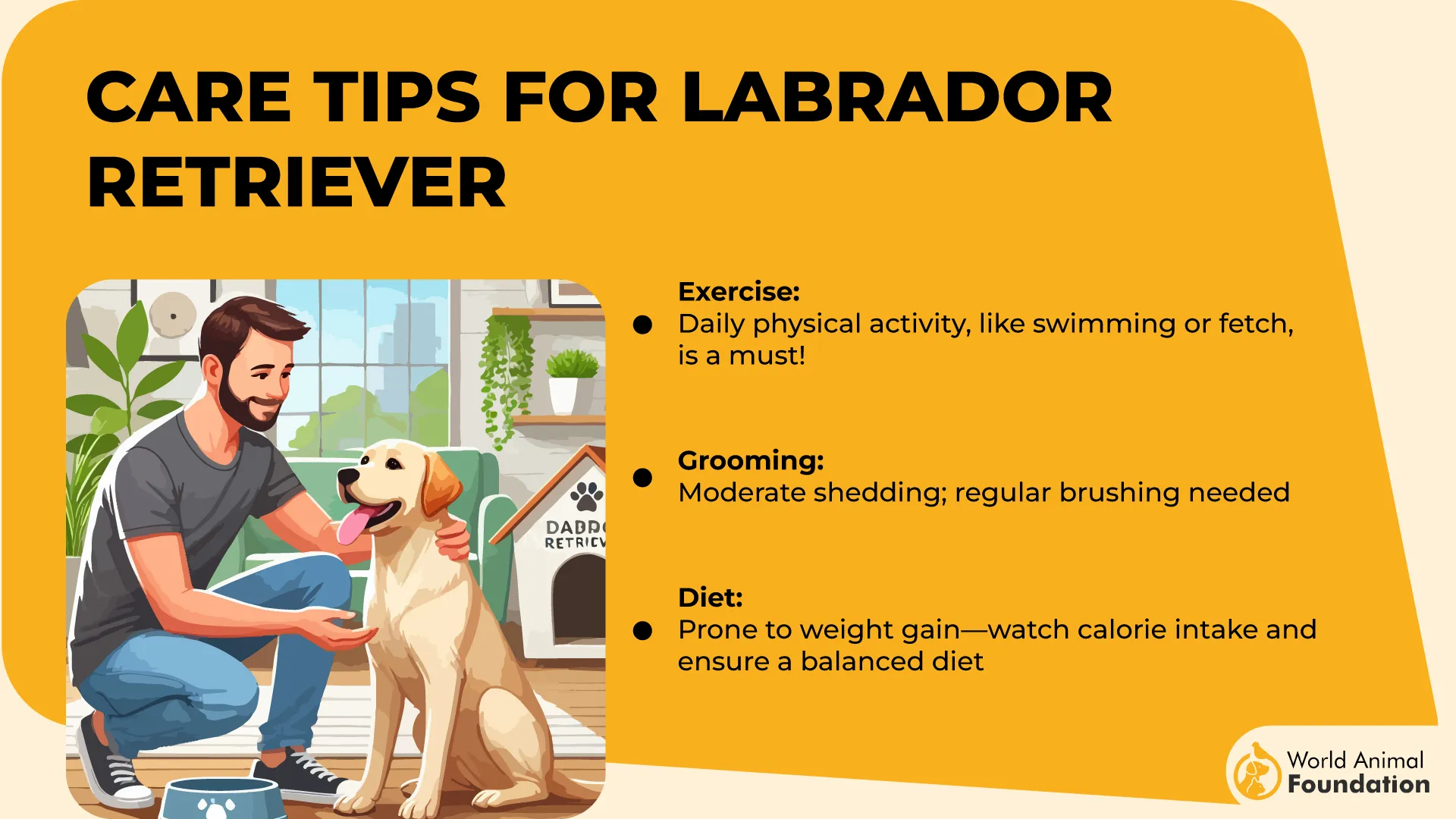
Their coats are short, water-resistant, and shed year-round. Weekly brushing reduces shedding and keeps their fur clean. Bathing should be occasional to maintain natural oils. Routine ear checks are essential since moisture buildup can cause infections.
This breed is highly social and thrives in an interactive environment. They excel in advanced obedience training, making them ideal for scent-based work. Structured activities strengthen their focus and enhance their ability to track scents efficiently.
Labradors have boundless enthusiasm, which requires structured play sessions to avoid hyperactivity. Mental stimulation is just as crucial as physical activity. Puzzle toys and scent games keep their minds sharp and reinforce their natural tracking instincts.
Fun Fact
A Labrador Retriever named Jake was a heroic search-and-rescue dog during the 9/11 attacks. He helped locate survivors and worked tirelessly at Ground Zero, earning national recognition for his dedication and service.
5. Beagle
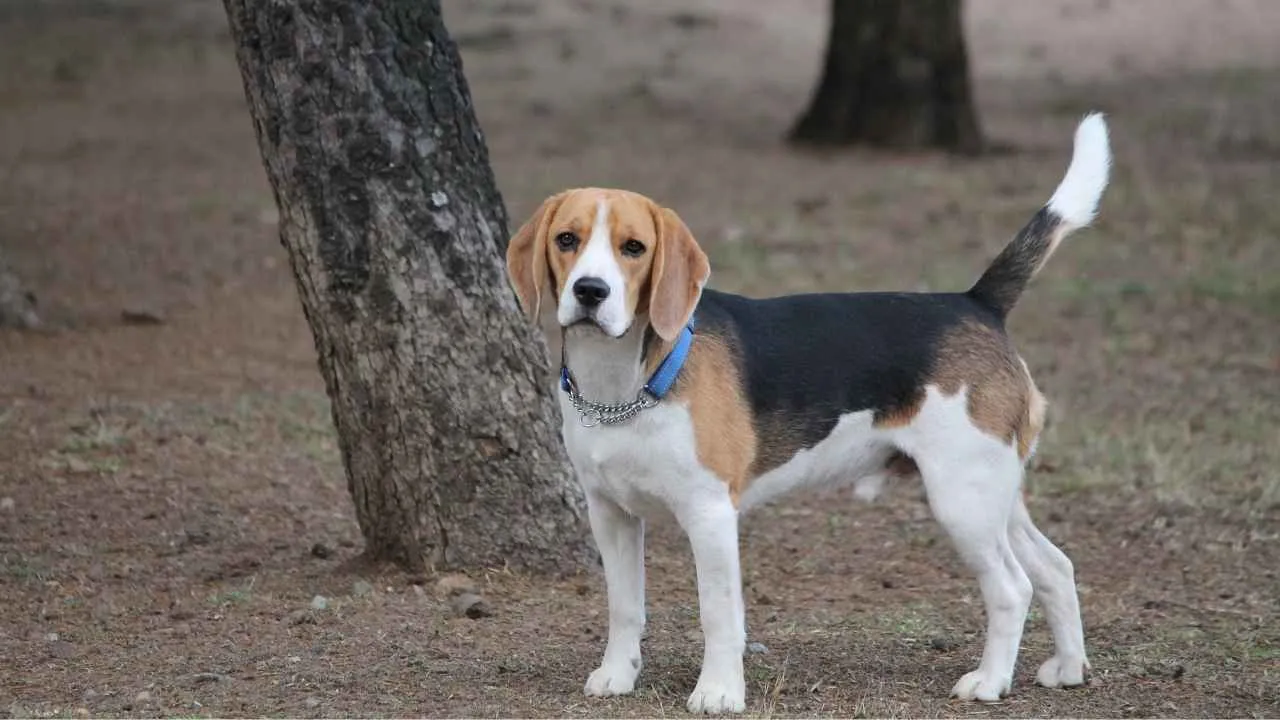
Beagles possess one of the most refined scent detection abilities among all breeds. Their powerful noses make them essential for detecting contraband at airports and border patrol stations. With over 220 million scent receptors, they can track even the faintest odors.
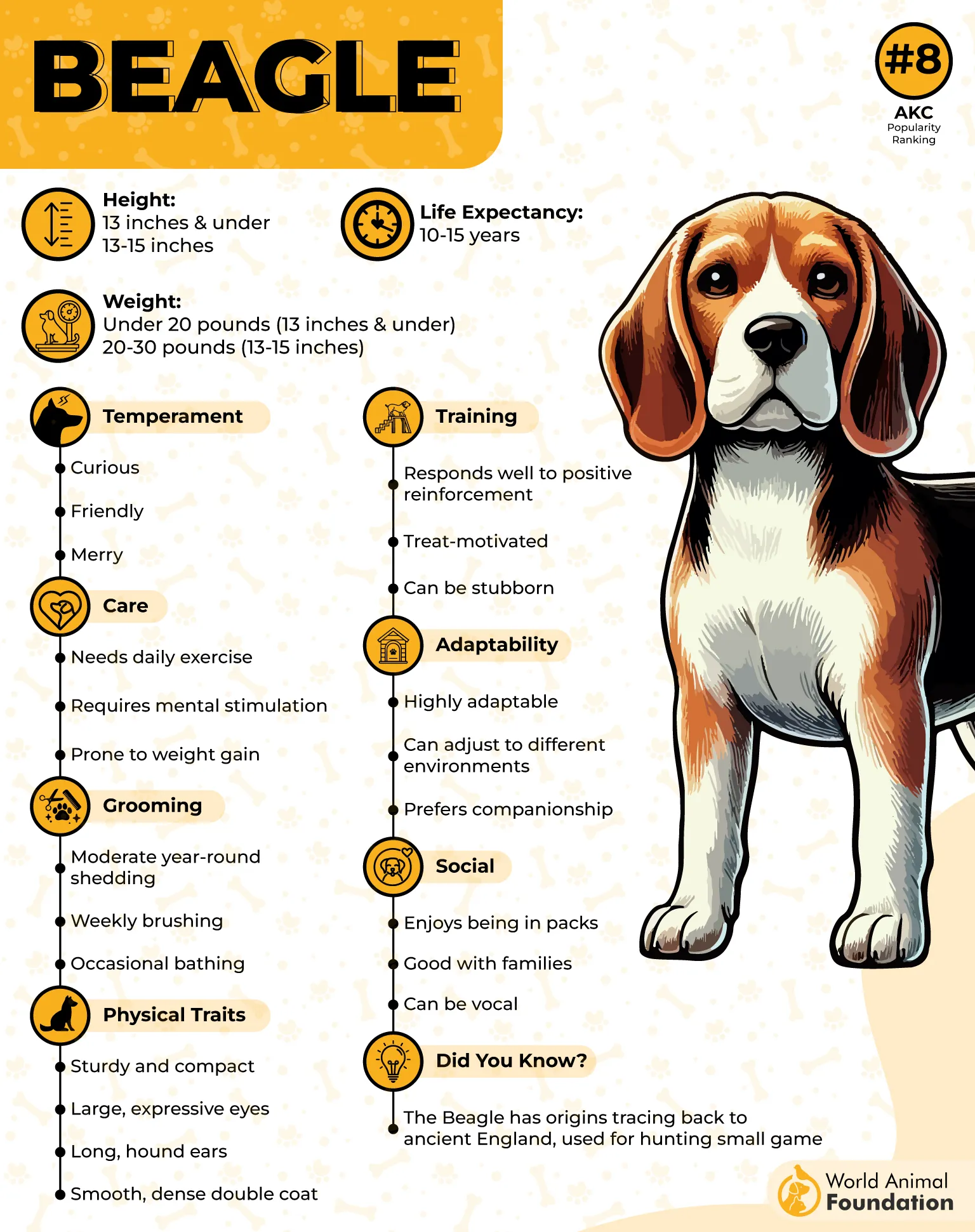
This breed has an independent streak, which can make training challenging. Positive reinforcement methods work best, as Beagles respond well to rewards and consistent routines. Early training ensures they follow scent trails effectively without getting distracted.
According to the AKC, Beagles have short, dense coats that require minimal grooming. Weekly brushing helps reduce shedding and keeps their fur healthy. Their floppy ears need regular checks to prevent infections, especially after outdoor activities.
They are highly vocal and prone to excessive barking when excited or left alone for long periods. Engaging them in nose work exercises helps channel their energy productively, reducing unwanted howling or baying behaviors.
Due to their high energy levels, Beagles require daily exercise to prevent boredom. Long walks, sniffing games, and agility activities keep them engaged. Their natural curiosity makes them excellent at scent-based tasks and tracking exercises.
Fun Fact
Beagles are used in the Beagle Brigade, a specialized group of scent-detection dogs working for the U.S. Department of Agriculture. They help identify prohibited agricultural products in luggage to prevent pest infestations.
6. Cocker Spaniel
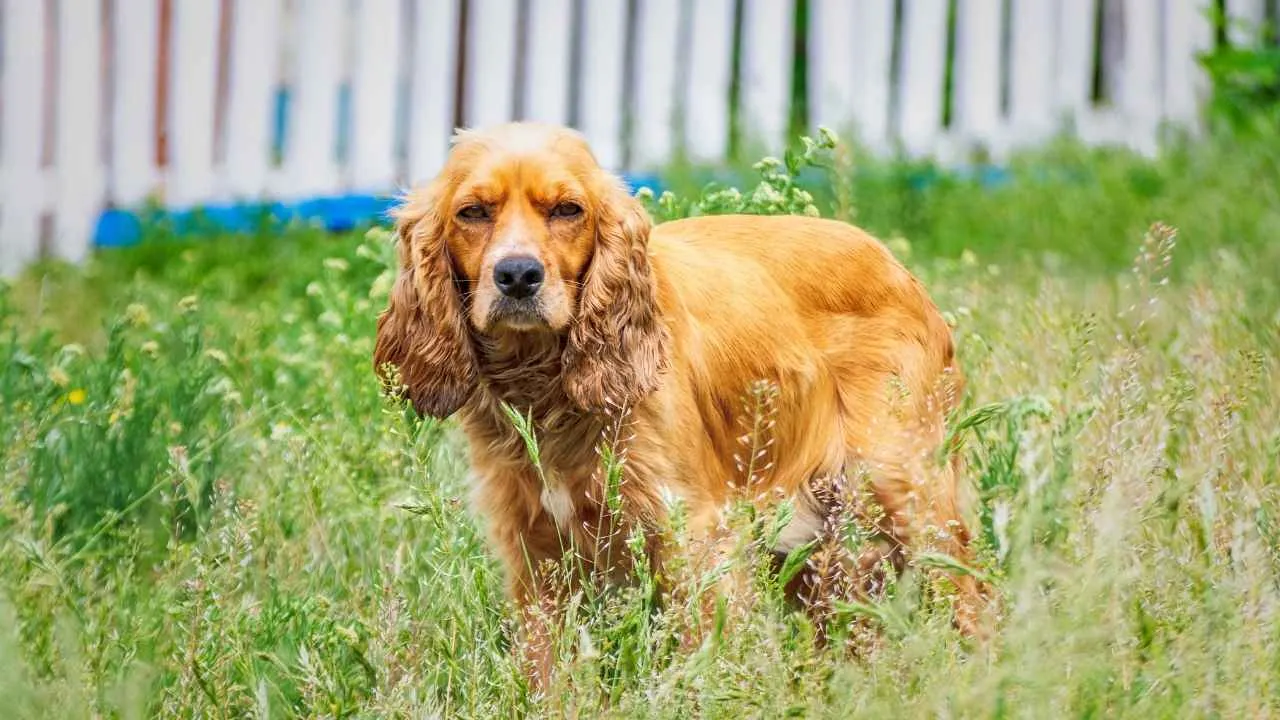
Cocker Spaniels are known for their exceptional scent-tracking ability, often used in hunting and detection work. Their keen sense of smell allows them to locate hidden objects, whether in competitive nose work or professional search-and-rescue operations.
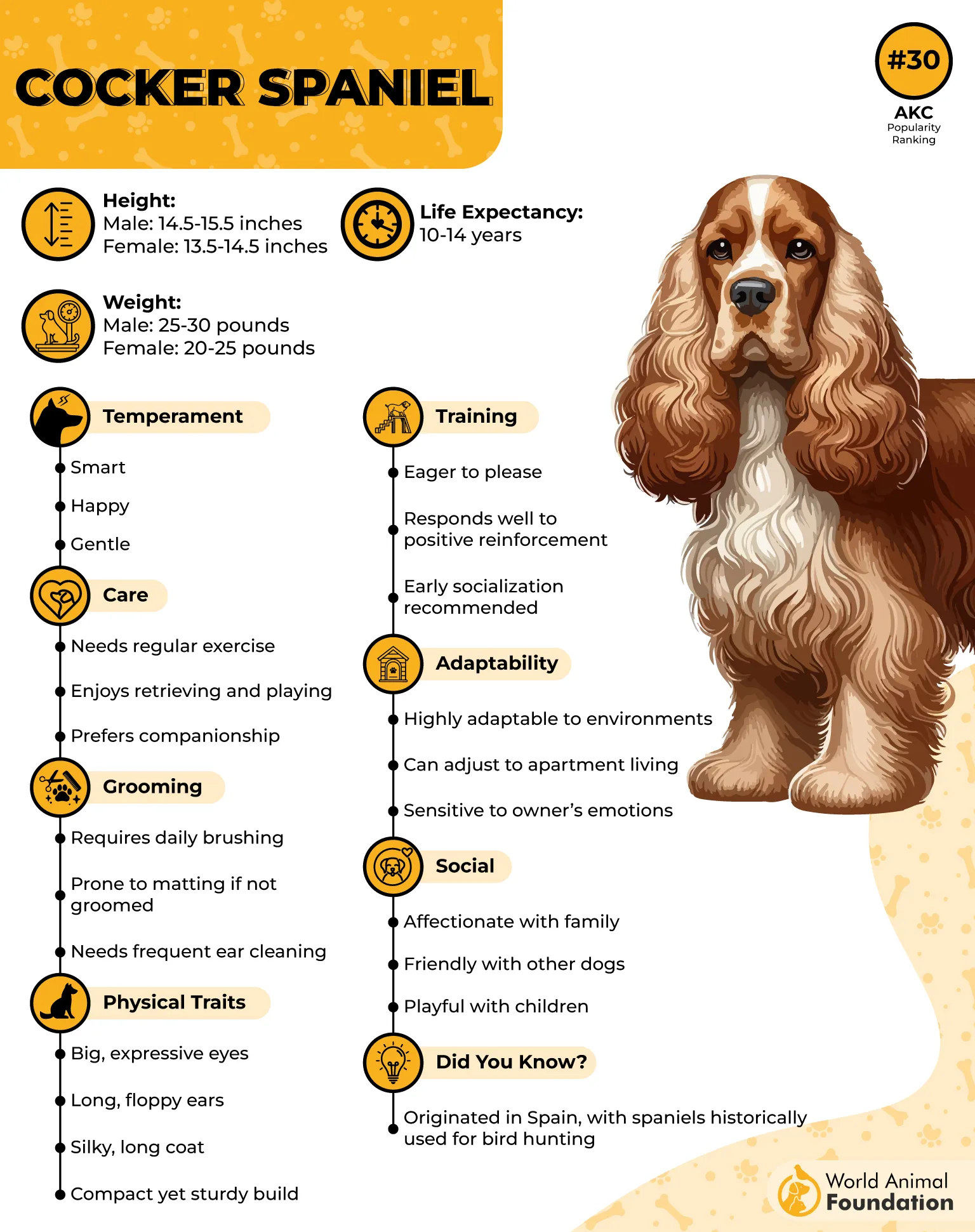
Their long ears and expressive eyes make them prone to infections. Regular ear cleaning and tear stain management are essential. Their silky coats require frequent grooming to prevent matting, making professional trims beneficial for maintenance.
Cocker Spaniels are highly responsive to obedience training. Their eagerness to please and intelligence make them fast learners, excelling in advanced scent work tasks. Consistency and positive reinforcement yield the best results.
Despite their small size, they have high energy levels and require daily exercise. Interactive play sessions and structured walks keep them engaged. Scent-focused activities provide both mental stimulation and an outlet for their natural instincts.
This breed thrives in an active environment with regular tasks. Providing challenges such as tracking scents or retrieving hidden objects strengthens their ability to concentrate and enhances their overall scent-tracking skills.
Fun Fact
Cocker Spaniels were originally bred for bird hunting, specifically woodcock, which inspired their name. Their remarkable ability to track scents in dense terrain made them invaluable hunting companions for centuries.
7. Bloodhound
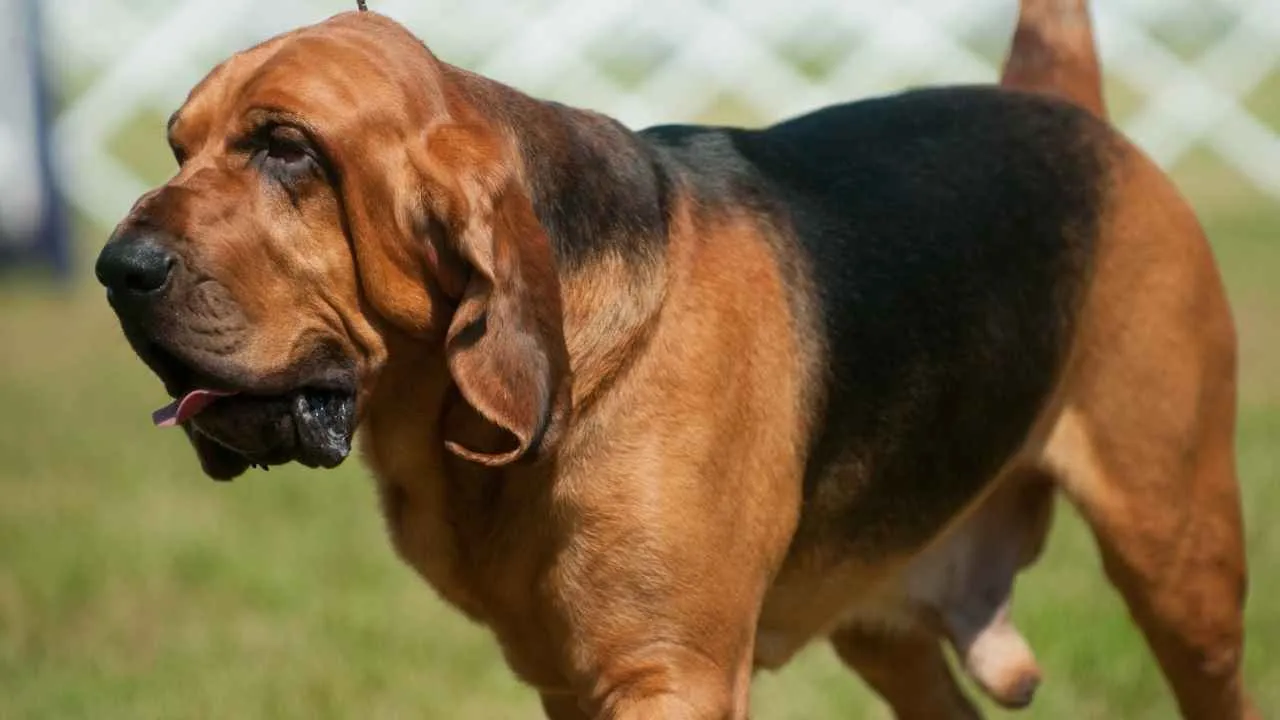
Bloodhounds are legendary for their tracking ability. Their scent-trailing skills are unmatched, often assisting law enforcement in finding missing persons or fugitives. Their droopy skin and long ears help trap scents, allowing them to analyze even the most subtle odors.
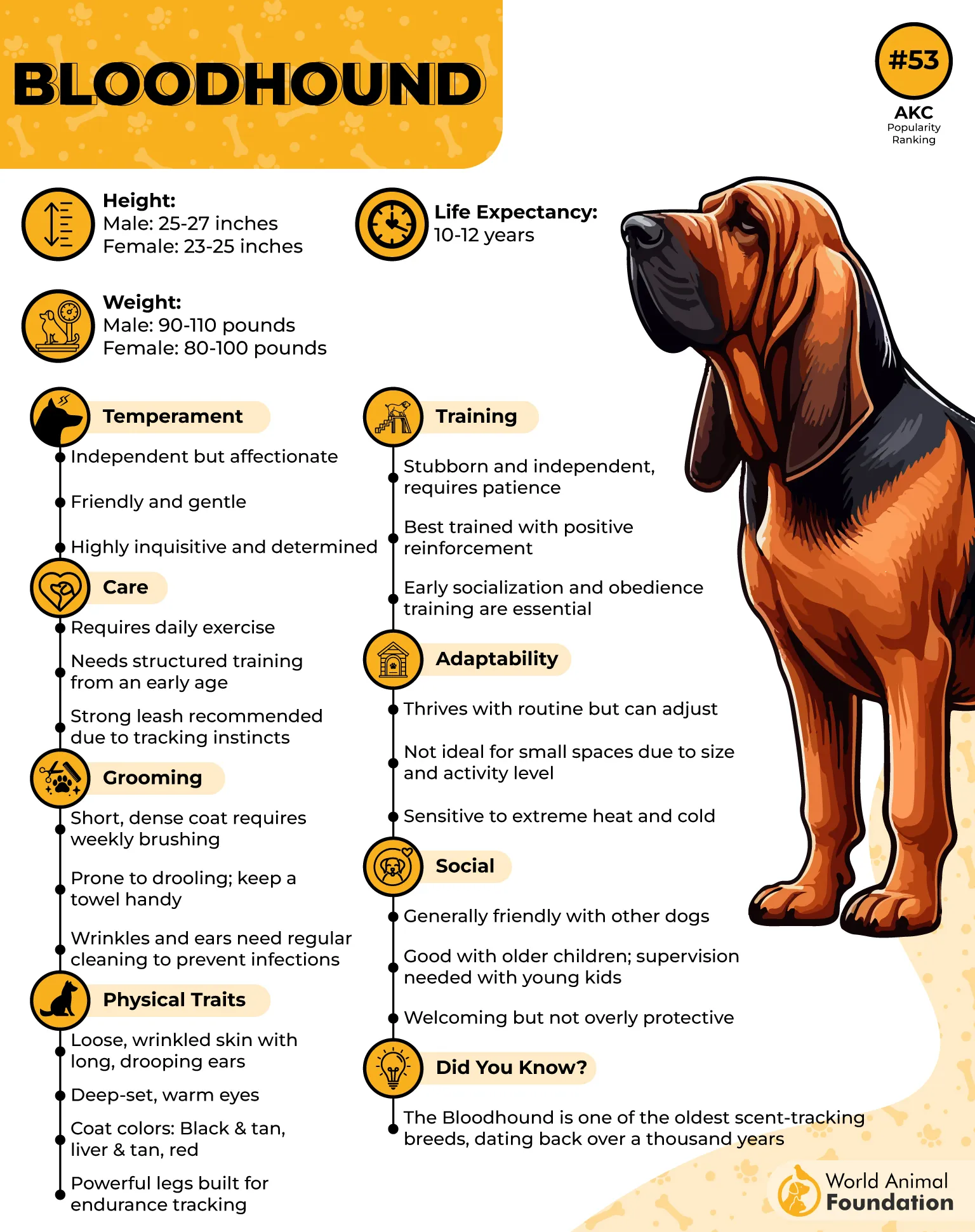
Their deep-set eyes require regular cleaning to prevent irritation. Their wrinkled skin needs proper care to avoid infections. Frequent ear inspections are necessary, as their long ears can trap dirt and moisture, leading to health concerns.
According to WebMD, Bloodhounds require patient and structured training. While highly intelligent, they tend to follow their noses rather than commands. Early training with scent-based exercises helps reinforce their focus and ensures reliable tracking abilities.
With a strong work ethic, Bloodhounds need ample exercise to remain physically and mentally balanced. Long tracking walks and search games challenge their instincts and keep them from becoming restless or destructive.
This breed is known for its strong scent memory, able to follow a trail for miles. Even if the scent is days old, a Bloodhound can accurately track it, making them one of the most effective search-and-rescue dogs in the world.
Fun Fact
A Bloodhound named Nick Carter was famous for his tracking skills in the early 1900s. His scent-trailing abilities helped solve numerous criminal cases, leading to arrests and earning him recognition in law enforcement history.
Conclusion
Dogs with extraordinary noses play an essential role in countless real-world situations. Their ability to detect a target odor accurately makes them indispensable in law enforcement, search and rescue, and medical detection. According to the AKC, scent work sets many breeds apart for their unique abilities, like tracking human remains and detecting bed bugs.
These dogs are skilled workers and highly dedicated, driven by their instincts. Hunting dogs, such as Beagles, excel in tracking game, while others specialize in identifying essential oils used for therapy and training. With proper guidance, these breeds can locate missing persons and even detect life-threatening conditions.
A dog’s nose is an extraordinary sensory tool, capable of detecting scents with unmatched precision. Some breeds, like the Basset Hound and Border Collies, also possess remarkable scent-tracking abilities, even though they haven’t been highlighted in this discussion.
The impact of these dogs extends far beyond their remarkable noses. Their unwavering reliability, specialized skills, and powerful instincts make them some of the best scent-detection dogs, proving their value in critical situations worldwide.


